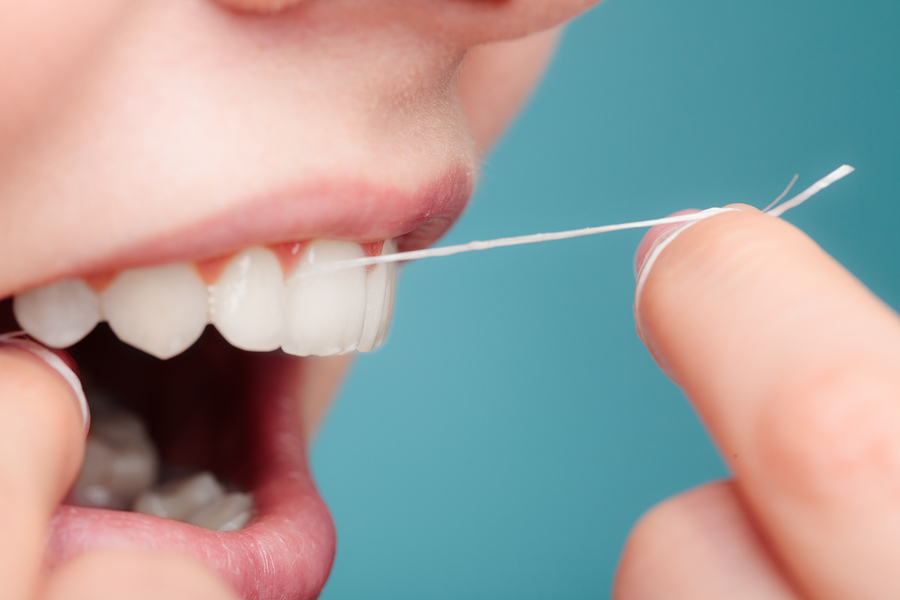To floss or not to floss. That is the question.
The floss debate has been tossed around for years, about whether it’s necessary or not for patients to take the time to floss their teeth as part of their oral care routine. Back in 2016, there were articles and reports in the media that flossing was no longer needed. This was based the latest dietary guidelines released by the U.S. Department of Health & Human Services. In this report, the recommendation for flossing was omitted. However, the omission of the recommendation was simply that the report focused on recent studies, research and focus, which was more on sugar intake. Flossing was not studied, so the recommendation was removed, but it was not to be equated the flossing was no longer necessary.
So, is flossing Necessary? The fact remains, there are benefits to including flossing as part of your daily dental hygiene regimen over brushing alone. The two major benefits of flossing as part of your oral care process are:
• FIGHT TOOTH DECAY – Flossing helps to prevent tooth decay, which can form between teeth. As food particles stay lodged between teeth, it can develop acid-producing bacteria that begins to rot and destroy the enamel on the teeth.
• GINGIVITIS PREVENTION – Flossing is also the best way to help protect your gums from developing gingivitis, which comes from an inflammation of the gums due to bacteria between the teeth.
One concern that has been raised about flossing is that many patients that do floss do not do so properly. In fact, some patients have been known to cause damage to their gums through rough and improper flossing techniques.
It’s important that you gently and properly floss your teeth to avoid damaging your gums. Thanks to the folks at Colgate, here are some tips for proper flossing technique:
STEP #1: Start with about 18 to 24 inches of floss, winding most of the floss around each middle finger. You should have about 1 to 2 inches of floss to work with.
STEP #2: Holding the floss tightly between your thumbs and index fingers, you will slide the floss gently up and down between the teeth.
STEP #3: As you move the floss to the base of each tooth, you will want to gently press the floss against the curve of the tooth, going between the tooth and the gumline. It is important to avoid forcing or snapping the floss, as this is a common cause of cutting and damaging the gum tissue.
STEP #4: Use a new piece of the floss to clean the next tooth and so on, being sure to use the same gentle back-and-forth motion to bring the floss up and away from the tooth.
By following the techniques above, you can better dislodge the food particles and bacteria that grow between the teeth. However, if you are not following the proper techniques for safely and effectively flossing your teeth, it would be better for you not to floss at all. The potential damage to your gums from not flossing properly are far worse than the damage from not flossing at all.
For the best results, combining both brushing and flossing together as a part of your daily oral care routine are the best for prevention against cavities, decay and other related dental problems, as well as cardiovascular disease and other health complications affected by poor dental care. Brushing can only go so far, but there are spaces between the teeth and gums that brushing alone cannot reach, where flossing can then take care of. So, is flossing necessary? Try it for a week and see for yourself!
If you are in the Glendora and Los Angeles area, contact us at Glendora Family Dentistry today to schedule an appointment. We are experienced in helping patients establish healthy oral care routines to help prevent much more serious dental problems down the line – – and they are happy to help you! Contact us at (626) 914-0500 or request an appointment online.



